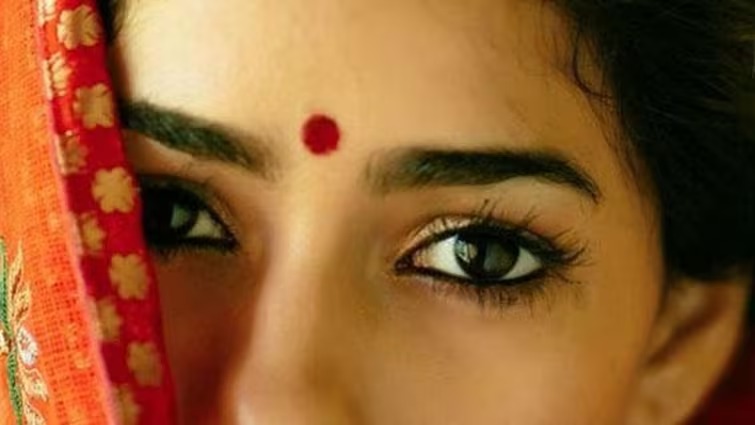
The bindi, often seen on the forehead of Hindu women, has deep cultural and religious significance beyond its aesthetic appeal. Let's take a look at its significance:
Cultural significance
Symbol of Suhaag (Marital Status)
- Bindi is an integral part of the Solah Shringar, the sixteen traditional adornments of a married Hindu woman.
- Like sindoor, mangalsutra and bangles, bindi is also a symbol of marital happiness and it signifies the marital status of the woman.
Religious Belief
Names and varieties
- Bindi is known by various names including Bindiya, Tikli, Bottu, Tip and Kumkum.
- Traditionally, the red bindi is preferred, especially for married women, symbolising auspiciousness and marital bliss.
Relation with Goddess Lakshmi
- The red bindi is associated with Goddess Lakshmi, the goddess of wealth and prosperity.
- From an astrological point of view, the red bindi is associated with Mars, a planet representing strength and vitality. It is believed that wearing a red bindi brings happiness and prosperity in a woman's married life.
Spiritual and energetic significance
- The bindi is usually worn on the forehead between the eyebrows, which is known as the Ajna Chakra or Third Eye Chakra.
- This chakra is considered the center of intuition and wisdom. According to the Vedas, applying a bindi on this spot helps enhance inner wisdom and spiritual insight.
 look news india
look news india